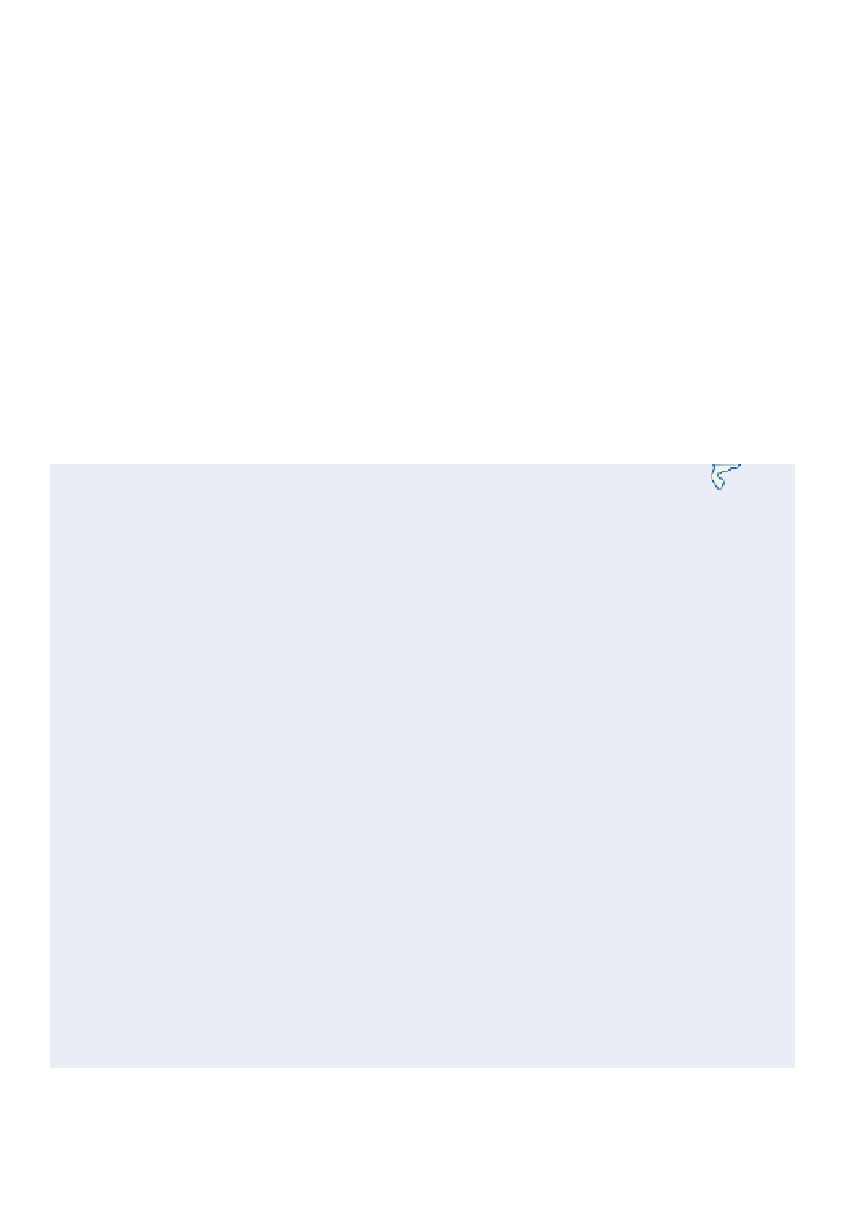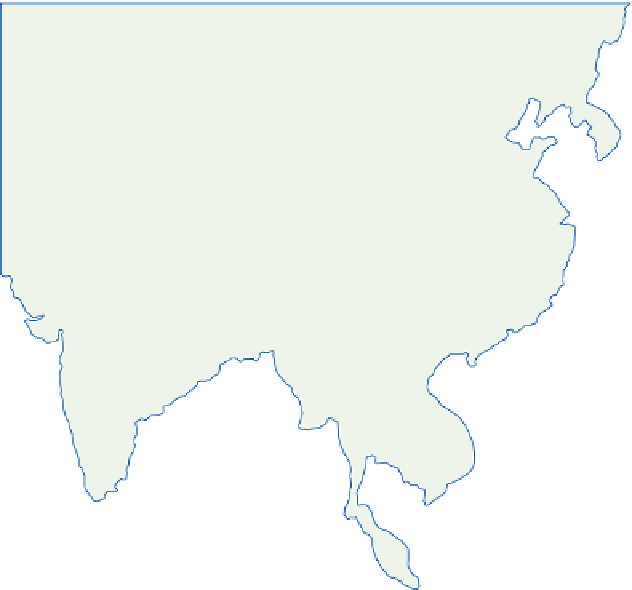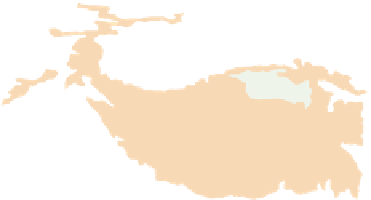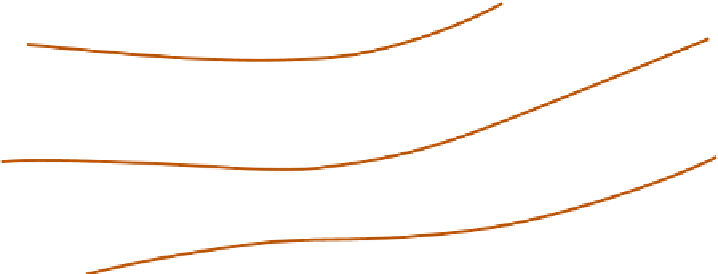Geoscience Reference
In-Depth Information
Plateau. At 500mb and below, however, the
plateau exerts a blocking effect on the flow and the
jet axis there jumps from the south to the north
side of the plateau from May to June. Over India,
the Equatorial Trough pushes northward with
each weakening of the upper westerlies south of
Tibet, but the final burst of the monsoon, with the
arrival of the humid, low-level southwesterlies, is
not accomplished until the upper-air circulation
has switched to its summer pattern (see
Figures
11.19
and
11.23
). Increased continental convec-
tion overcomes the spring subsidence and the
return upper-level flow to the south is deflected by
the Coriolis force to produce a strengthening
easterly jet located at about 10-15
11.16
). One theory suggests that this takes place
in June when the col between the subtropical
anticyclone cells of the west Pacific and the
Arabian Sea at the 300mb level is displaced
northwestward from a position about 15
E
in May towards central India. The northwestward
movement of the monsoon (see
Figure 11.24
) is
apparently related to the extension over India of
the upper tropospheric easterlies.
The organization of the upper airflow has
widespread effects in southern and eastern Asia.
It is directly linked with the Maiyu rains of China
(which reach a peak around 10-15 June), the
onset of the southwest Indian monsoon and the
northerly retreat of the upper westerlies over the
whole of the Middle East.
°
N, 95
°
N and a
westerly jet to the south of the equator (see
Figure
°
60°
70°
80°
90°
100°
110°
120°
130°
140°E
40°N
E
T
40°N
30°
30°
20°
20°
10°
10°
A T
O R I A L
0°
0°
1000 miles
80°
90°
100°
110°
120°
130°
Figure 11.23
The characteristic air circulation over South and East Asia in summer. Brown lines indicate
airflow at about 6000m and green lines at about 600m. Note that the low-level flow is very uniform between
about 600 and 3000m.
Sources: After Thompson (1951), Flohn (1968), Frost and Stephenson (1965), and others.


















































































